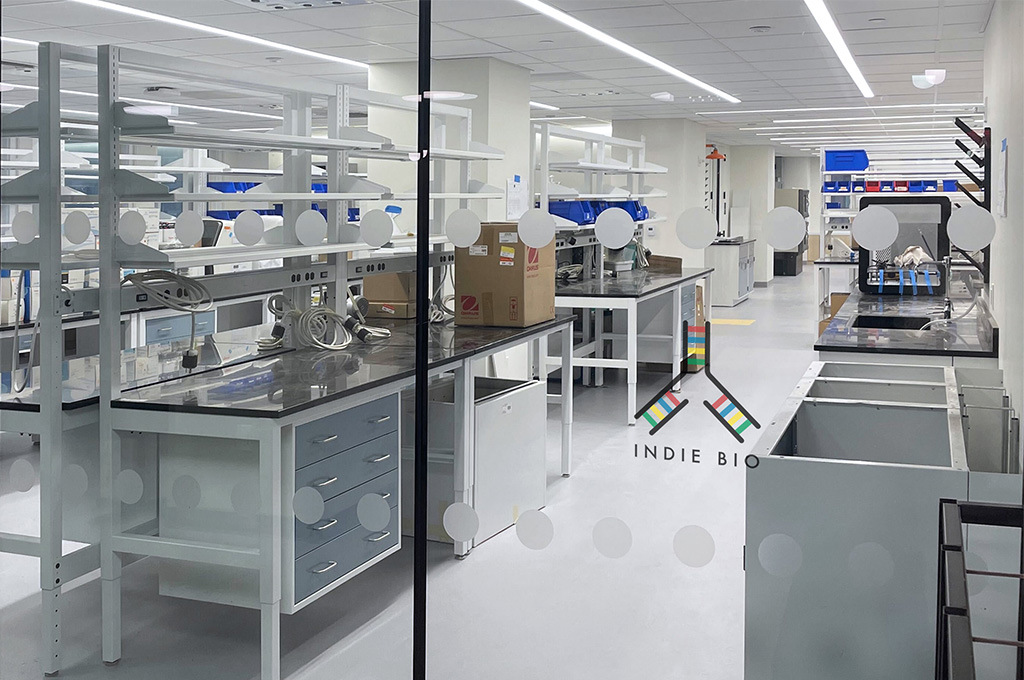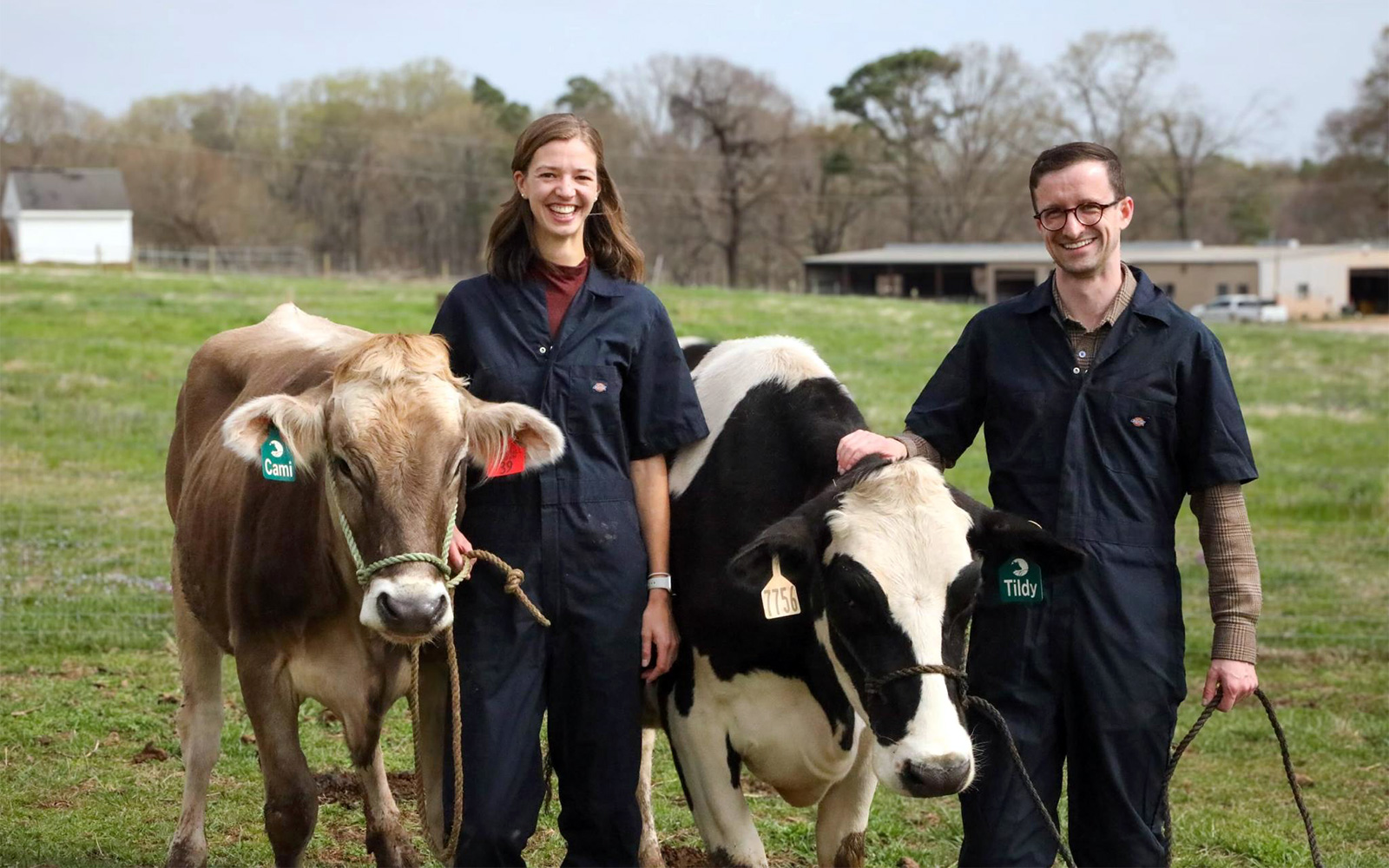Cells send “danger” signals to alert the immune system when they are under attack. Under the wrong conditions, these signals can lead to chronic inflammation and many downstream pathologies, including chronic pain. Pannex Therapeutics stops the production of one of these danger signals—extracellular ATP—by blocking a protein called the Pannexin 1 channel, which sends ATP outside of the cell. This novel mode of action will help Pannex CEO David Bravo, Ph.D., as he develops drugs to treat chronic pain and other diseases caused by incorrect danger signaling.
Watch Pannex Therapeutics present at IndieBio NY Class 3 Demo Day
We spoke to David about building Pannex Therapeutics.
What inspired you to help those suffering from chronic pain?
When I was a clinician, I had to support a lot of people in pain. And it was super frustrating to see how they struggled with that. And the drugs appear not to work and it’s like, what’s going on here? This is a human burden, and nobody seems to care.
And also my mother in law, she suffers chronic pain, everyday. She started on opioids and we almost lost her. There’s gotta be another thing to do, and there was nothing. So I took action.
I’m David Bravo, I’m the CEO of Pannex Therapeutics. I’m from Chile, although I was born in Brazil, and by training, I’m a physical therapist and a PhD in neuroscience. From that point from the PhD, I started with this crazy idea of: what if I have one molecule that can block many diseases? And I found that target in the Pannexin 1 channel.
What are the biggest problems around chronic pain?
Chronic pain is a high demand medical need because it affects 100 million Americans today. And it costs billions of dollars to the healthcare system. And the best choice that the patients have, the opioids, are killing one American every 15 minutes. And the other drugs, the non opioids, fail in 50% of the cases in relieving pain.
We are trying to change the opinion that there is no solution for chronic pain. This is a common opinion among physicians, that chronic pain is a too-complex phenomenon, so it’s really almost impossible to solve it. But we believe we can do that—and it’s not being pretentious, because science backs this up. We believe that we will bring a definite solution.
What is the mission at Pannex Therapeutics?
The company mission at Pannex is to become the first and only Pannexin 1 channel company, and from that to help mankind to solve many problems in different therapeutic areas.
The other opinion we are trying to change here is that you can treat many diseases by targeting just one target. This is why we’re called Pannex Therapeutics.
We believe (and our investors, too) that if we target Pannexin, we can go for chronic pain, which I discovered during my PhD, but also go on to pursue and solve and prevent opioid addiction, autism, epilepsy and your inflammation, and other indications.
There’s tons of data that supports these ideas. And we’re trying to replicate those with our molecules that are selective to the channel.
What is your unique therapeutic solution for chronic pain?
Our solution for chronic pain is called PNX3. It’s a molecule that is selective and potent to block specifically the Pannexin1 channel.
We found that PNX3 decreases chronic musculoskeletal chronic pain in rat models at the same level of gabapentin, which is the main competitor on the market, but with 10 times less dose, which means less side effects and less toxicity.
Also, we found that PNX3 is able to decrease ATP release from brain cells. The Pannexin 1 channel mostly secretes or releases ATP, and we were able to decrease that by 97%, so we have a clear mechanism of action.
We further discovered that PNX3 crosses the membrane to go directly from the blood to the brain—and it is safe for the brain, because we make experiments in which we put together brain cells and the drug for 24 hours and 100% of the brain cells survived.
How will you get your therapeutic compounds into patients’ hands?
We are narrowing down our selection in order to get to our final candidate. We will look for an easy and quick way to pass through the FDA approval; with that, we will start our safety studies in healthy humans for the phase one clinical trial.
After that, we’ll go to phase two clinical trials in small groups of people in pain, for example. At that point, we will work in parallel on other indications in humans, probably migraine, epilepsy and, of course, opioid addiction, with the molecules that have been already approved by the FDA to be tested in humans. Then the next one, we go to bigger multi-center studies into phase three clinical trials.
We believe, as a company, that we can provide this package of technology to the pharmaceutical companies that have the resources and experience to go for it and go to the market.



